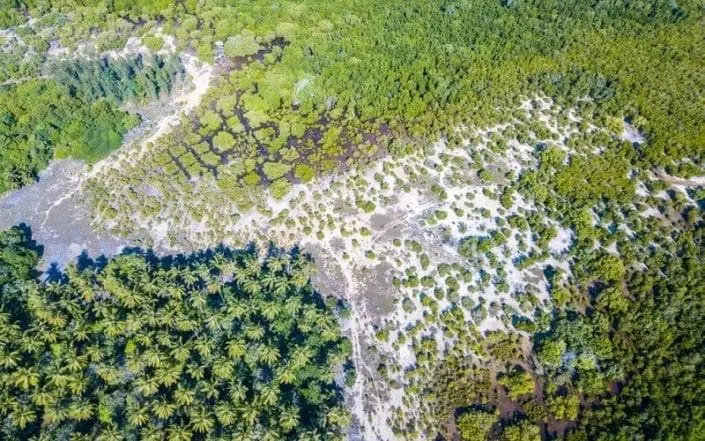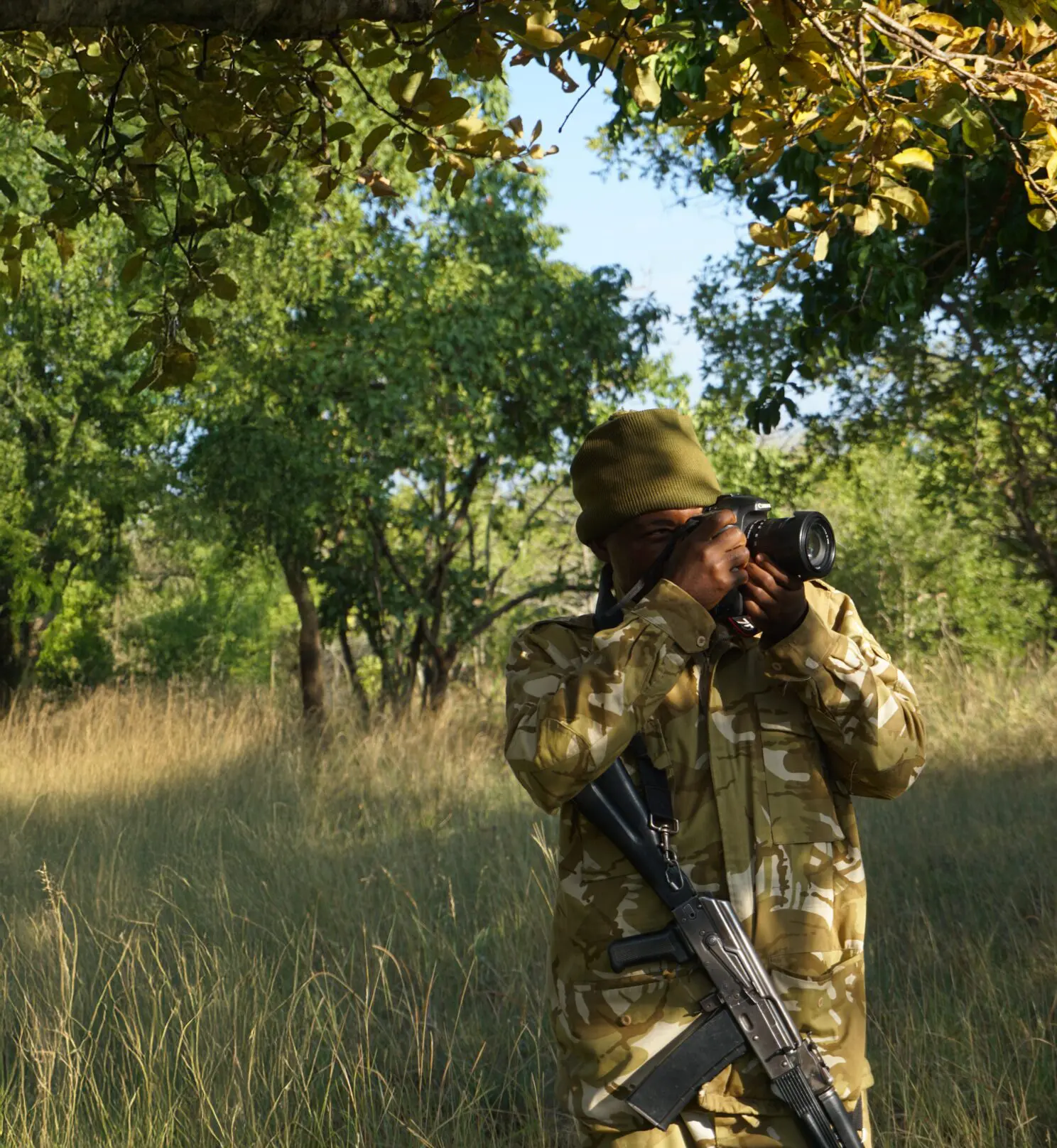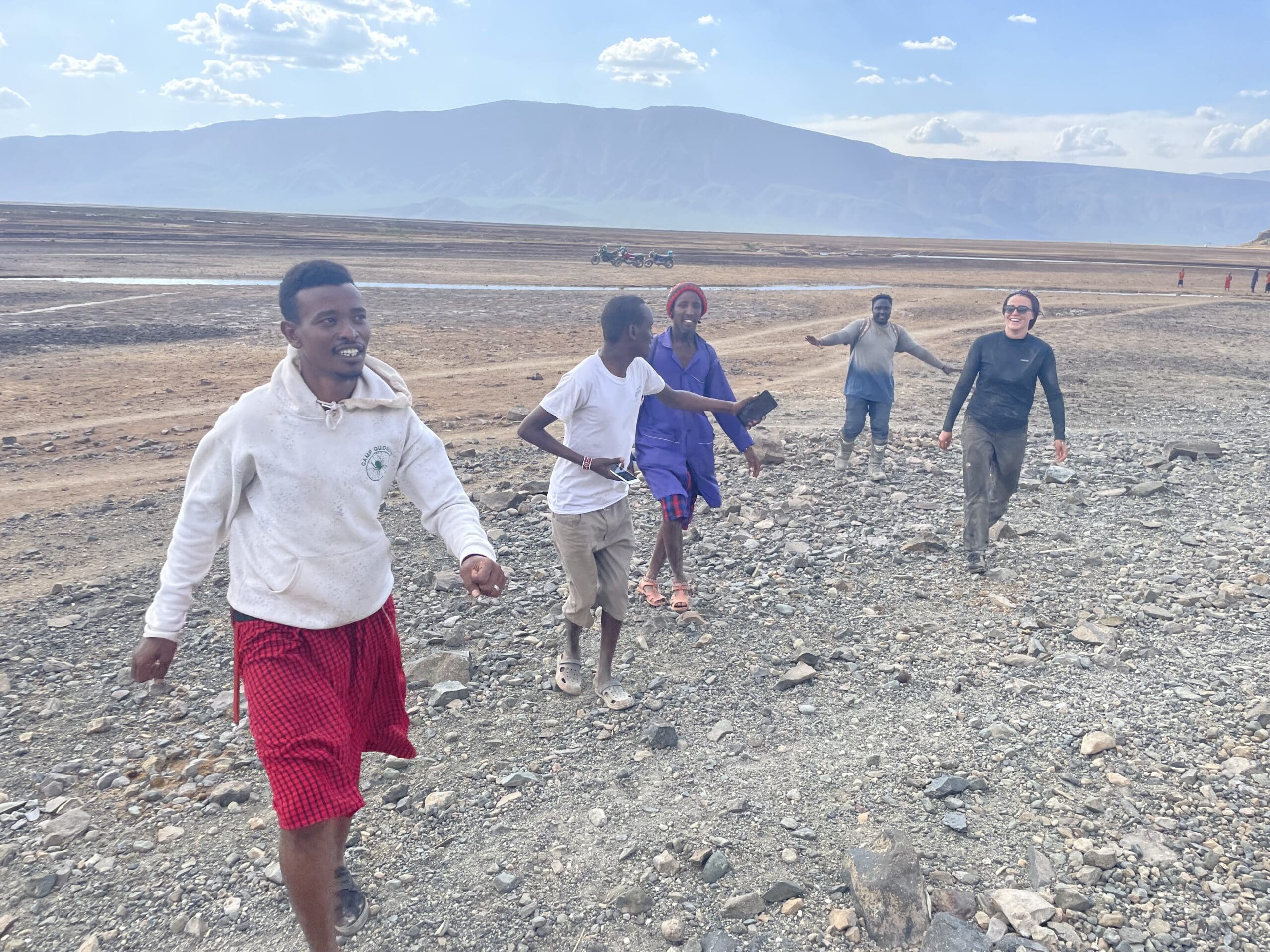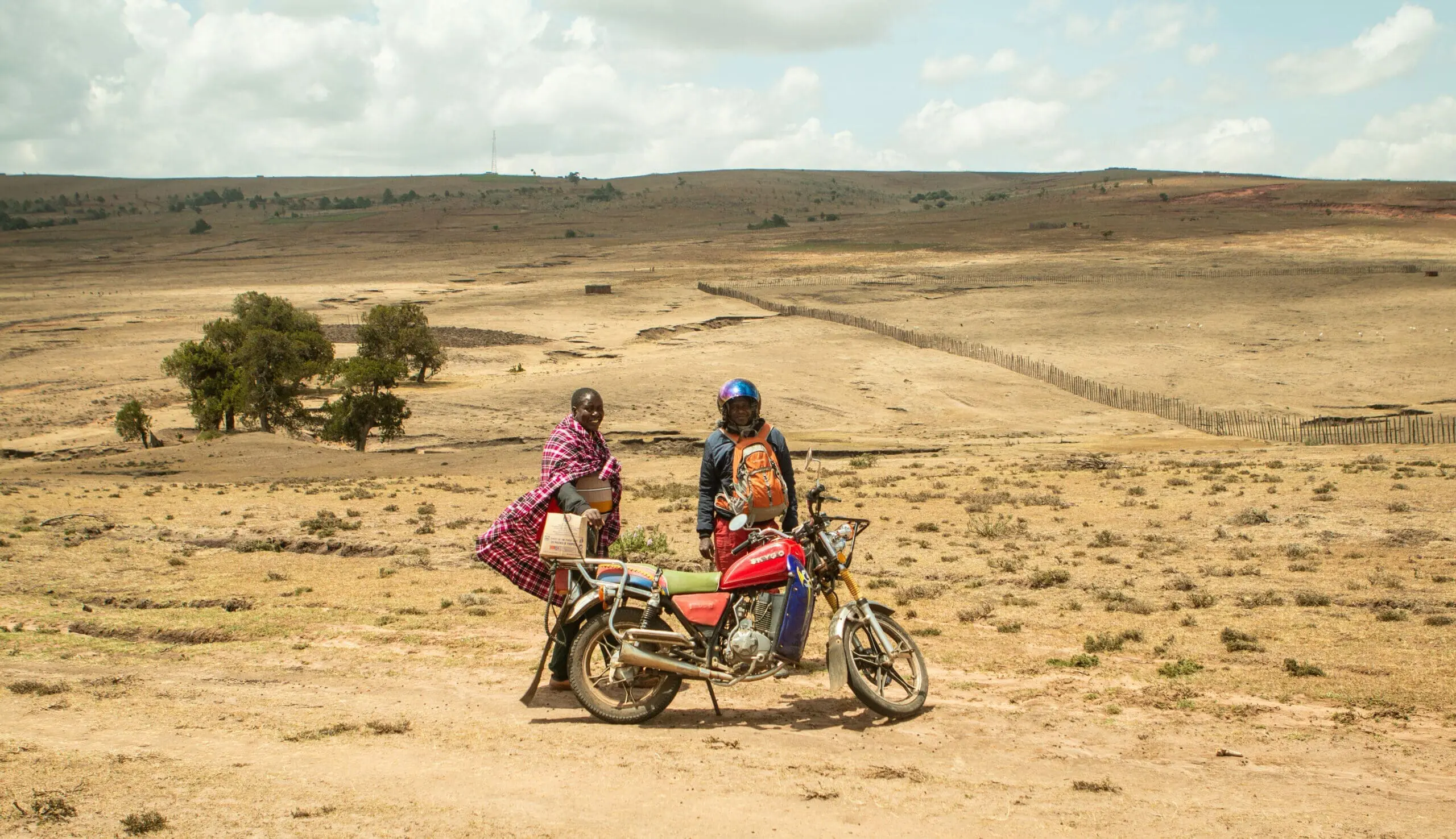The impact of flying
It's a dilemma we all struggle with, just as much as you do—especially since we're also partly responsible for the emissions from all those flights our travellers take. That's why we felt it was more than fair to take a good, hard look at the impact of this. In this piece, I, the CSR Officer at Charlie’s Travels, will briefly take you through my research into the current developments in CO2 compensation when you fly.Conflict of interest?
When I started looking for the best way to calculate flight emissions, I immediately noticed how big the differences were between the calculation models of organisations with interests in aviation and, for example, environmental organisations. Quite obvious, of course, but it does make you pause and consider how much influence these interests have on the information you find in studies and news reports. The aviation industry is enormous and leaves a significant mark on these studies.Your CO₂ emissions
If I am to believe sources like CBS and Milieu Centraal, the average Dutch person emits around 10 tonnes of CO₂ per year, although this can vary greatly from person to person. This figure attempts to include indirect emissions as well, but of course, this is never fully measurable. The rapid growth of this number isn’t surprising when you consider that we’re ordering more and more online—and consuming more in general—while becoming less aware of where our products come from. We’re travelling more, and these days, if you’re lucky, you can fly to and from a European city for 20 euros, which quickly adds up in your CO₂ emissions. Still, when you realise that a return flight to Nairobi emits around 2 tonnes of CO₂—one-fifth of your average annual emissions—you understand why long flights, in particular, are considered so harmful to the climate.Travel and responsibility
So, if we look at what you can do as an individual to minimise your own emissions as much as possible, offsetting your flights is a good start. How are we going to tackle this? If you’re following us, you probably have some form of wanderlust, and that’s not something you can easily quell. There’s nothing wrong with that wanderlust; by travelling more, you can view your own life from a different perspective, which can bring about many positive changes. Travelling less is therefore probably not really an option.Emissions reduction
So, if we want to keep travelling, we need to do it more sustainably. In Europe, the solution seems quite obvious: travelling by train, which reduces emissions by a factor of 10 to 20. But if you have to pay three times as much for it, why would you bother? It seems that no one feels a sense of responsibility: not the governments, not the companies, and not the consumers. Train companies aren’t exactly being helped either, as trains are bound by all sorts of regulations, while aviation manages to bypass all climate agreements. Even in the Paris Agreement, there’s nothing about aviation because air travel is international, and this agreement was made between countries. That’s going to be interesting—according to predictions, if current growth continues, aviation in the Netherlands could emit as much in 2040 as the country’s entire climate target.Responsibility & sustainable flying
When it comes to aviation, the problem is even bigger: who is going to take responsibility? One party has stepped forward—the UN's civil aviation organisation has stated that from 2020 onwards, all companies must only grow 'climate-neutrally'. It's a start, but still far too small a step. As a result, the responsibility now falls on consumers—on you and me. Consumers feel guilty about their flying habits and therefore decide to fly less or to offset their flight emissions. All major airlines now offer this option, but scientists and critics have little confidence in it. The projects used for offsetting are not transparent or tend to overestimate their impact, which is also evident from the extremely low prices sometimes charged for compensation.Charlie’s Travels’ responsibility
At Charlie’s Travels, we have a huge responsibility to keep the impact of our trips as small as possible. We live and work in Kenya, which, despite Nairobi’s growth, is still very much a developing country. The effects of climate change here are greater than in the Netherlands, and the resources to cope with them are more limited. Aside from the impact we make on the ground, it is also crucial for us to consider our impact on the bigger picture: the greenhouse gases released into the atmosphere by the planes our travellers use, which affect the entire world (and its future).Sustainable flying with Charlie’s Travels
For our travellers, flying is often the only real option to discover Africa. We notice that people would love to travel more responsibly, but paying for emissions compensation on top of an already expensive trip is often a difficult choice, especially if you’re not entirely sure whether the money is being well spent. That’s why we’ve decided to take matters into our own hands: we’ve travelled across Kenya, visiting the many projects where CO₂ is compensated, and selected the most effective, reliable, and inspiring ones. For example, we are currently investing in a beautiful mangrove forest near Diani, as mangrove trees absorb the most CO₂ per square metre. Plus, it’s a fantastic forest where you can enjoy kayaking through. For Charlie's Travels travellers, there’s no longer a choice of whether to compensate for their CO₂ emissions—we include this as standard in our trips. The only question we ask is how travellers would like to offset their emissions. This way, you become more aware of what it takes to compensate for the emissions of a flight and thus fly sustainably, while also keeping track of how it’s being done.Want to know more?..
Would you like to know more about our projects to make our trips more sustainable? Check out the two projects we are currently supporting here. Or chat directly with one of our travel agents.









